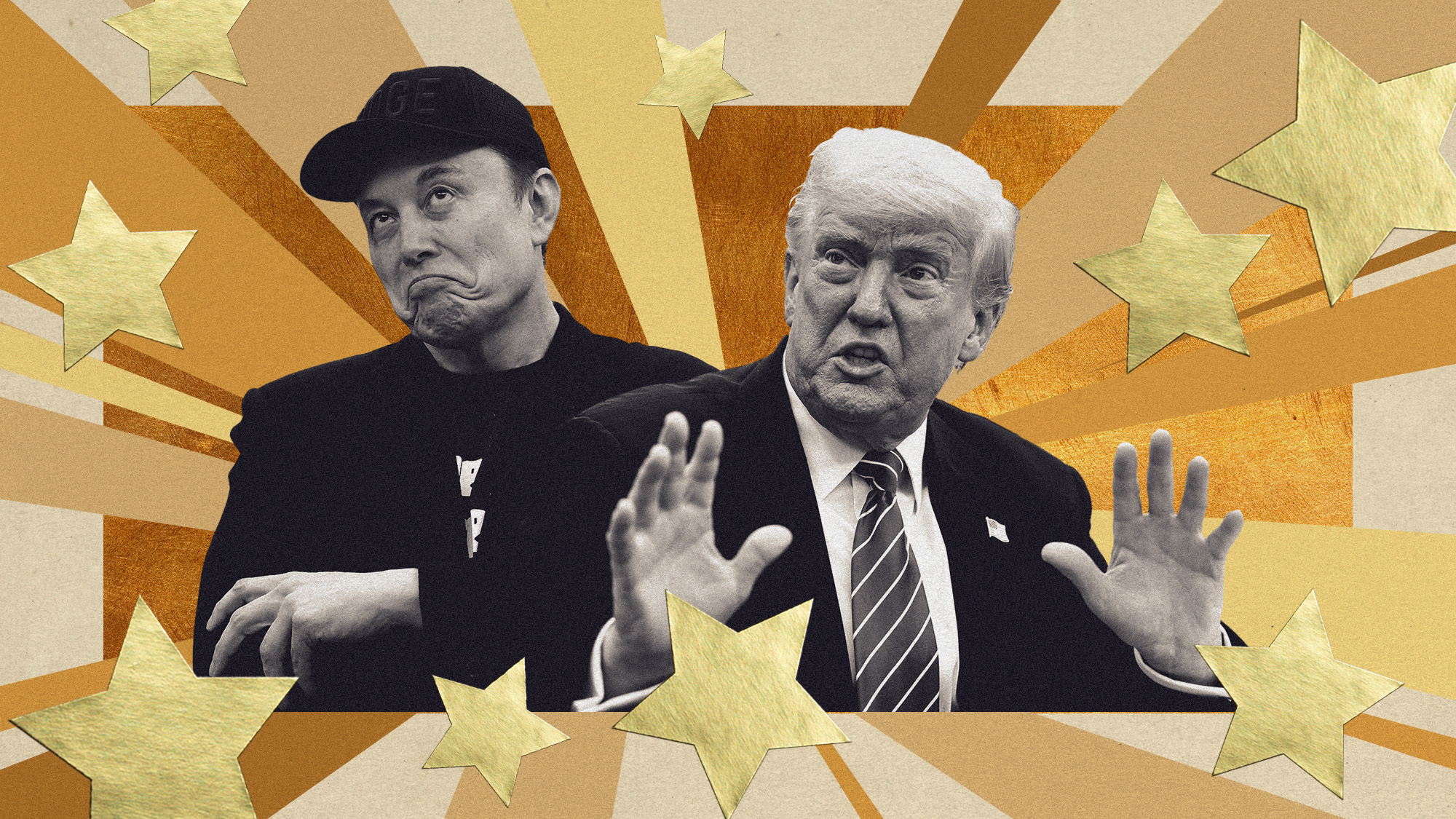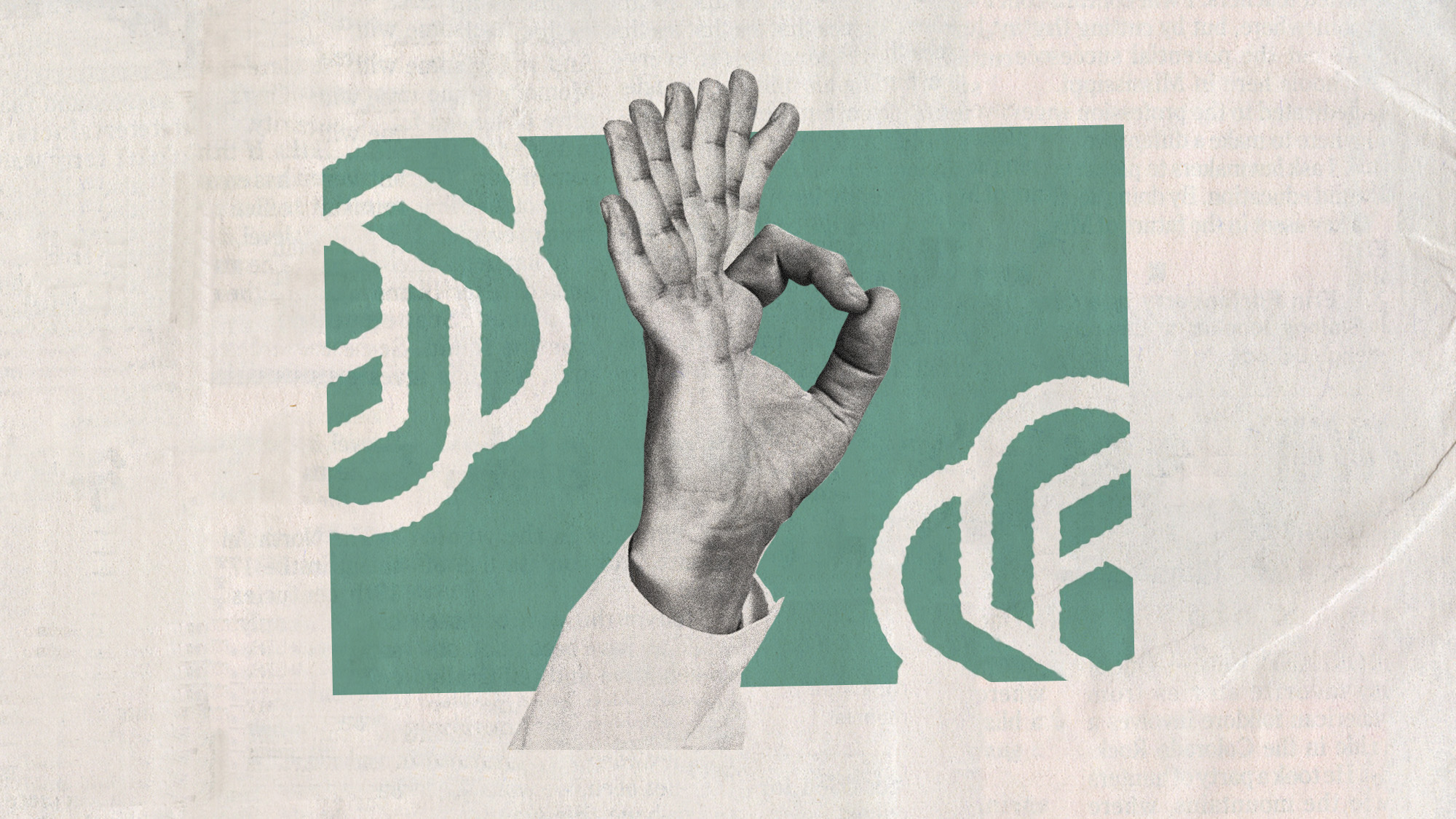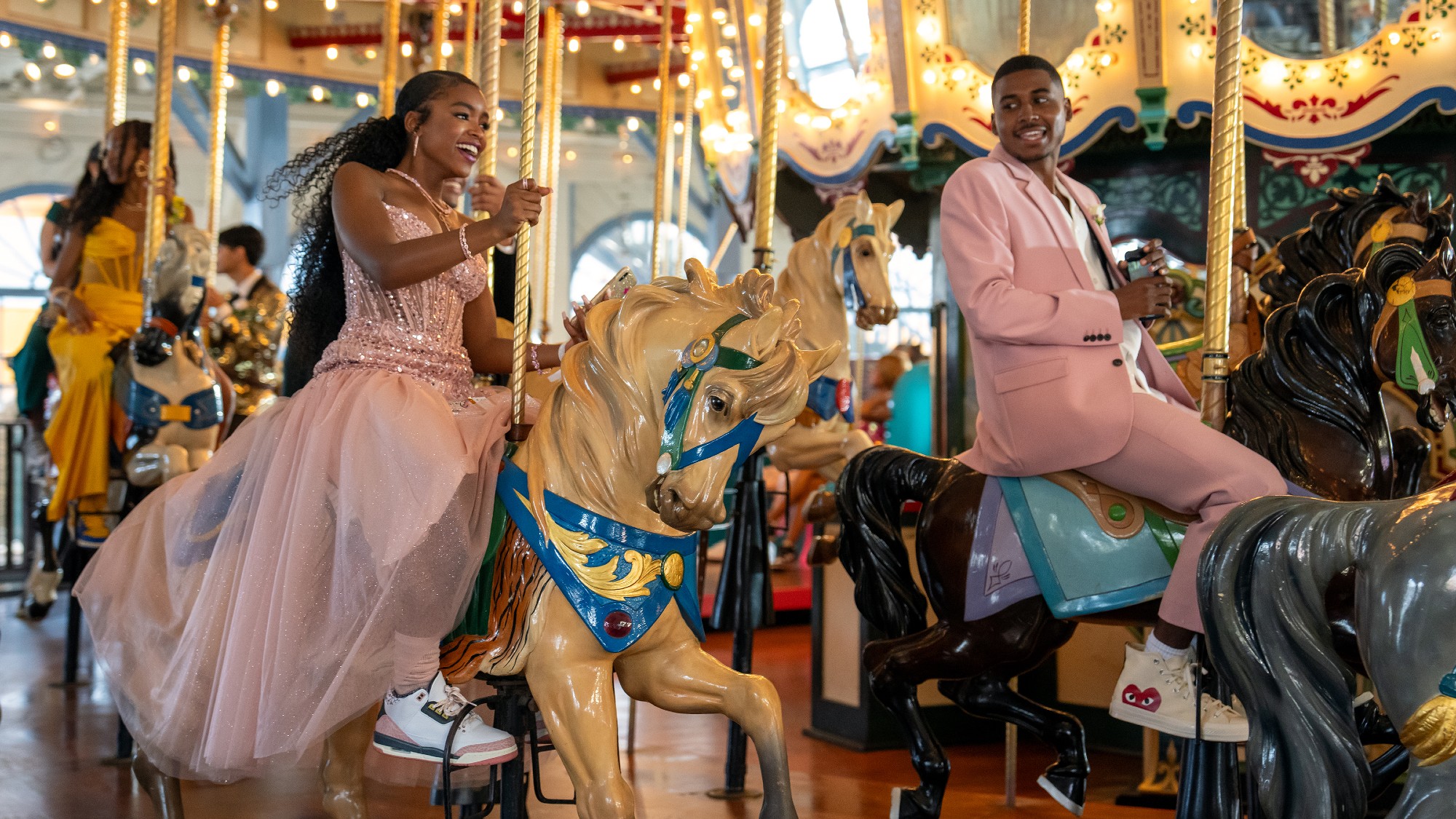Should nuclear power make a comeback?
To avert future electricity shortages, President Bush has proposed that the nation resume building nuclear power plants. It’s been 15 years since any American utility has built a new nuke plant. Is nuclear power a safe alternative?
How do nuclear plants work?
Nuclear power plants extract energy by splitting uranium atoms in a process called nuclear fission. Cracking open the atoms releases tremendous energy in the form of heat, which is used to boil water. The steam is used to turn turbines,
which convert the energy into electricity. In other words, nuclear plants use the process of fission to do what coal plants do by burning coal, and what oil-fired plants do by burning oil.
The Week
Escape your echo chamber. Get the facts behind the news, plus analysis from multiple perspectives.

Sign up for The Week's Free Newsletters
From our morning news briefing to a weekly Good News Newsletter, get the best of The Week delivered directly to your inbox.
From our morning news briefing to a weekly Good News Newsletter, get the best of The Week delivered directly to your inbox.
What makes a nuclear plant
potentially dangerous?
The very thing that makes nuclear energy so attractive: Nuclear fuel packs a massive amount of energy into a small space. A pound of uranium holds as much
energy as three million pounds of coal.
A free daily email with the biggest news stories of the day – and the best features from TheWeek.com
To keep the heat produced in the reaction under control, the fuel—encased in
12-foot-long rods—must be cooled with a constant flow of water. If the cooling systems break down, the reactor core can get so hot it melts. A nuclear meltdown, which happens at about 5,000 degrees, destroys the casing containing the fuel, which sends radioactive particles into the air and water inside the plant. In the worst-case scenario, the molten uranium would burn right through the plant’s floor and contaminate the earth and groundwater under the facility, erupting in a geyser of highly radioactive steam. Such a catastrophe could lead to the deaths of thousands of people.
Has such an accident
ever occurred?
Not in the U.S., and not at a plant with a design like those in operation here. The closest we’ve come was in 1979, at the Three Mile Island plant in Pennsylvania. A pump broke down, cutting off the water that cooled the reactor core. The reactor shut off automatically, but when the plant restarted, a valve that opened to let off steam failed to close. Water and steam escaped through the valve, and soon there wasn’t enough water left to cool the core. Within minutes, the fuel rods got so hot that some of the uranium melted through its casing, water shot out of the open valve, and radioactive material escaped into the atmosphere. Fort-unately, an operator spotted the problem and shut the reactor before a meltdown could occur. Still, nearly 150,000 people in the area had to be evacuated.
What happened at Chernobyl?
While conducting an experiment with a reactor, engineers ignored safety rules and caused a runaway chain reaction. The nuclear fuel exploded, blowing the roof off the reactor building and sending a cloud of radioactive dust into the sky. Without the protective, 4-foot-thick concrete shell required around all U.S. reactors, the exposed Russian reactor at Chernobyl released 10 times more radiation than the atomic bomb dropped on Hiroshima. The accident left 20 square miles so radioactive that they remain uninhabitable. Scientists estimate the accident could ultimately kill as many as 16,000 people by increasing cancer rates throughout Europe.
Why have no new American nuclear plants been built in 15 years?
A combination of economics and political opposition turned utilities away from nuclear power. After Three Mile Island, new safety regulations raised the cost of nuclear plants to more than $3 billion per plant. Utilities could erect new coal plants with the same generating capacity for a third the price. And following Three Mile Island and Chernobyl, no community would accept a nuclear plant. Not one company has ordered a new reactor
since 1978, and 90 reactors that were planned or under construction have
been scrapped.
Would nuclear plants
built today be safer?
The industry and its supporters say yes. Engineers have learned a lot in more than 40 years of building and running nuclear power plants. New, modular designs would allow electrical companies to build assembly-line reactors that designers say would be easier to run properly. The lessons learned at Three Mile Island also prompted federal regulators to take a fresh look at nuclear safety, resulting in stricter training requirements for the
people who operate the plants.
What are the arguments
against nuclear power?
Despite all safety measures, antinuclear activists say, nuclear plants are machines, operated by people. Machines break and people make mistakes. Just one bad accident would be a catastrophe, with hundreds of square miles contaminated for decades, and thousands of people exposed to deadly levels of radiation. Human error and mechanical breakdowns do occur: A third of U.S. plants have an automatic shutdown in an average year.
What happens to used reactor fuel?
There is no central storage facility for nuclear waste. Spent fuel rods are stored in tanks of water at the power plant. The federal government has been studying whether it can safely bury waste under Yucca Mountain, 90 miles outside of Las Vegas. The goal is to turn the mountain’s belly into a graveyard for 77,000 tons of nuclear waste, the castoffs of the nation’s nuke plants through about 2015, along with debris from government projects
dating back to the first atom-bomb tests.
The research has cost billions already,
-
 Biggest political break-ups and make-ups of 2025
Biggest political break-ups and make-ups of 2025The Explainer From Trump and Musk to the UK and the EU, Christmas wouldn’t be Christmas without a round-up of the year’s relationship drama
-
 Why 2025 was a pivotal year for AI
Why 2025 was a pivotal year for AITalking Point The ‘hype’ and ‘hopes’ around artificial intelligence are ‘like nothing the world has seen before’
-
 The best drama TV series of 2025
The best drama TV series of 2025the week recommends From the horrors of death to the hive-mind apocalypse, TV is far from out of great ideas